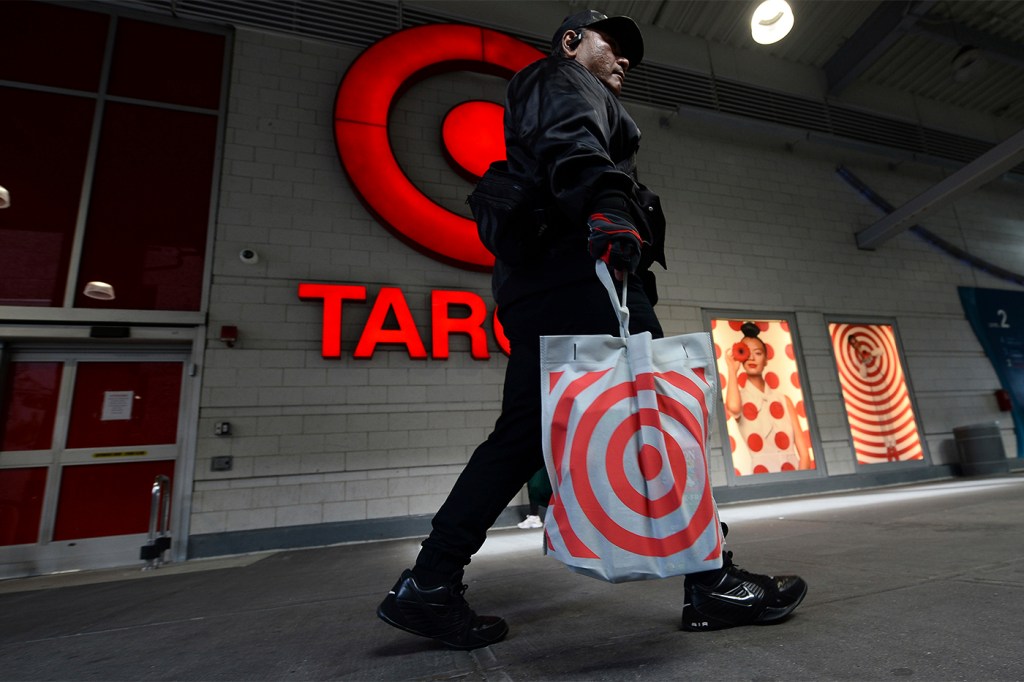Stores are locking up everyday goods. Is organized retail theft on the rise?

Socks, cold medicine, even deodorant. Going to Target or CVS these days to grab essentials is a little more complicated as retailers lock up everyday goods in an effort to curb shoplifting. It’s enough to get shoppers frustrated and wondering “Is all this really necessary?”
Just how much shoplifting and organized retail crime is hurting stores is somewhat up for debate. Target announced last week that it is closing nine stores due to theft and organized retail crime. The corporation said Oct. 21 will mark the last day in business for some stores in Seattle; Portland Oregon; Oakland, California; San Francisco; and the Harlem neighborhood of New York City.
“We cannot continue operating these stores because theft and organized retail crime are threatening the safety of our team and guests, and contributing to unsustainable business performance,” Target said in a press release. “We know that our stores serve an important role in their communities, but we can only be successful if the working and shopping environment is safe for all.”
Some are skeptical — including one Walgreen’s executive who said retailers might have overreacted to shoplifting last year. But the National Retail Federation released data last week that shows the amount of merchandise lost to theft, fraud and damages went up from $93.9 billion in 2021 to $112.1 billion in 2022.
These numbers might indicate there is a problem, even if crime statistics don’t show the same. Eric Piza, professor of criminology and co-director of the Crime Prevention Lab at Northeastern University, said a lot of cities don’t participate in the FBI’s new crime reporting system that the agency switched over to last year. The new system is meant to collect information on criminal incidents, but Piza said only about 40% of police departments have participated since it was introduced, meaning the NRF numbers might paint a better picture of how bad theft is affecting businesses.

“When trying to analyze a problem like this, official crime statistics are very limited and really challenging,” Piza said. “The way that crime is collected in this country, a lot of the times (doesn’t provide) an accurate read on the crime rates until a year or so later. … There’s this giant kind of dark figure of crime when it comes to neighborhoods which leaves us in a compromised position to actually say anything about these types of problems”
Whether the threat is as real as retailers claim, they’re already reacting to it, whether it be through store closures, locking up items, or experimenting with new store layouts that keep products off the sales floor. But what may be most effective is a combination of these methods that ensure people caught stealing face consequences, Piza said. As of now, this is not always the case with many stores advising employees not to intervene when they see someone shoplifting.
“Surveillance-based interventions work when the presence of intervention is supported by some type of proactive activity that represents a true increased risk in the behavior in question,” he added. “If a store is going to increase surveillance operations, but at the same time introduce policies that decrease the likelihood that (stores) will actually report people to the police, then that may kind of create an environment where potential shoplifters aren’t effectively deterred.”
But it’s possible some of these methods can backfire, particularly target hardening (which is when stores lock away items at high risk of theft). People show up at a retailer looking for toothpaste, find it’s locked away, and leave, opting to buy online rather than spend five minutes trying to track down an employee to unlock the product for them. Ultimately, it hurts a store’s bottom line and leads to the company losing profits either way.
“What we have to be mindful of when we talk about crime in retail environments is that solutions may also have an adverse effect on the bottom line and ironically contribute to stores having to close,” Piza said. “If retail stores are feeling pressure to increase these types of target-hardening measures, then I think we at least have to acknowledge the possibility that may be driving customers away.”
This was raised when it came to Target’s recent announcement. CNN pointed out that Target’s statement about its store closures did not mention whether the stores were performing well or provide data on theft (though the retail giant previously said it expected to lose $500 million from theft this year).
With the news of store closures, Target promised to continue to combat theft and organized retail crime by investing in security and considering new policies around theft in stores. The company will also be partnering with the U.S. Department of Homeland Security to better track organized crime. And unfortunately for shoppers, the locked cases aren’t going anywhere anytime soon, which is to be expected, according to Piza who ultimately feels that “there’s no easy answer to these types of organized retail crimes.”
Erin Kayata is a Northeastern Global News reporter. Email her at e.kayata@northeastern.edu. Follow her on Twitter @erin_kayata.






